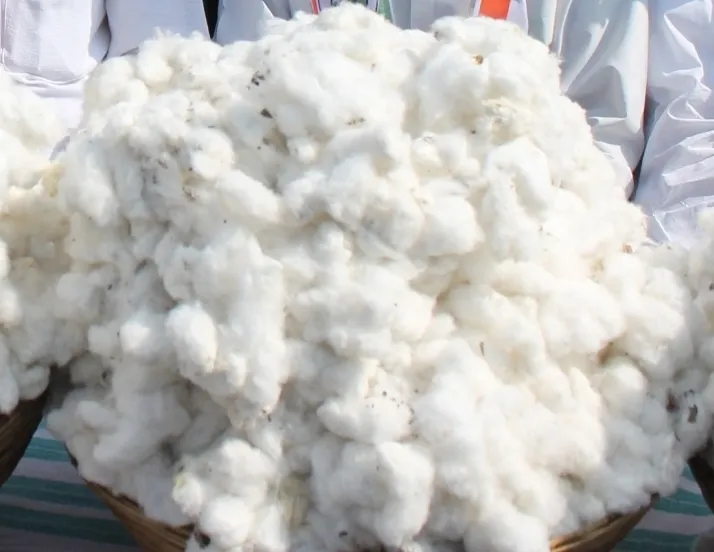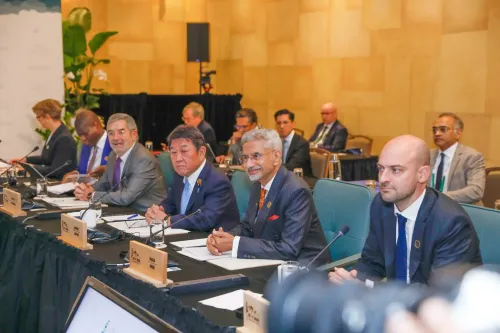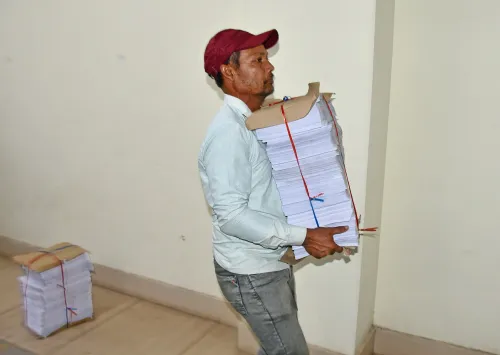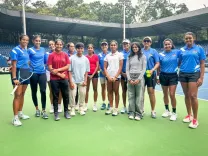Has Cotton Cultivation in Punjab Surged by 20 Percent?

Synopsis
Key Takeaways
- 20% increase in cotton cultivation in Punjab
- Area under cotton expanded to 2.98 lakh acres
- 33% subsidy on cotton seeds for farmers
- Incentive of Rs 17,500 per hectare for Kharif maize
- Appointment of 200 'kisan mitras' for farmer support
Chandigarh, June 9 (NationPress) The efforts for crop diversification in Punjab have received a significant boost, as cotton cultivation has seen an approximate 20 percent increase. The area dedicated to cotton has expanded from 2.49 lakh acres last year to 2.98 lakh acres this year, marking an increase of over 49,000 acres, as stated by the state’s Agriculture Minister, Gurmeet Singh Khudian, on Monday.
While presiding over a meeting to evaluate the current Kharif season and departmental initiatives, Khudian highlighted that Fazilka district is at the forefront with cotton cultivation spanning 60,121 hectares, closely followed by Mansa with 27,621 hectares, Bathinda at 17,080 hectares, and Muktsar Sahib covering 13,240 hectares.
The minister announced that the state government would offer a 33 percent subsidy on cotton seeds for farmers, with more than 49,000 farmers having already registered online.
He urged the Chief Agriculture Officers to ensure that all cotton farmers complete their online registration by June 15.
Khudian expressed satisfaction with the farmers’ enthusiastic response to Kharif maize cultivation, with over 54,000 acres already planted in just nine days since sowing commenced on June 1 across the state.
The government plans to incentivize farmers with Rs 17,500 per hectare for transitioning from paddy to Kharif maize under a pilot scheme that encompasses six districts: Bathinda, Sangrur, Pathankot, Gurdaspur, Jalandhar, and Kapurthala. This initiative aims to expand Kharif maize cultivation to 12,000 hectares, promoting agricultural diversification and groundwater conservation. To support this shift, the state has appointed 200 'kisan mitras' to mentor and motivate farmers.
The positive trends in Punjab's agricultural sector reflect the collaborative efforts of farmers and government initiatives aimed at promoting crop diversification and enhancing agricultural productivity. The minister also reviewed the current status of direct sowing of rice (DSR), fertilizer availability, and other projects while directing district agriculture chiefs to ensure quality agricultural inputs for farmers, as protecting farmers’ interests is the government's utmost priority.









